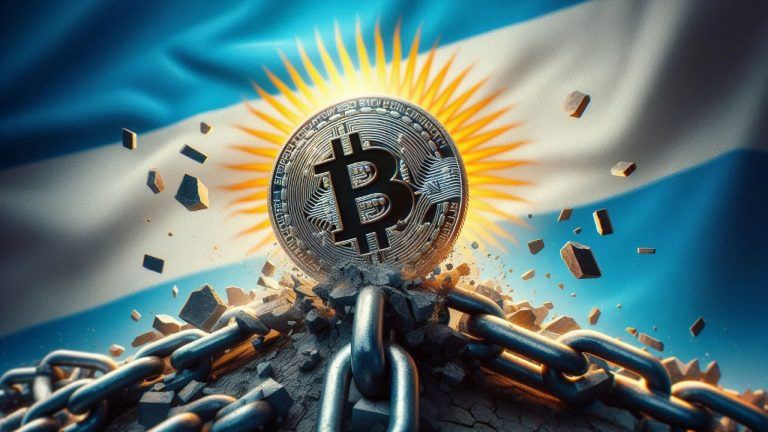In celebration of the merge, I want go give a little back to the community in the form of an economics lesson. I will try to clear up some common misunderstandings about the economics of ethereum’s ether (ETH) supply by comparing it to the United States Dollar (USD).
A very common economics mistake in the crypto community is comparing the USD inflation rate to the yearly rate of change for ETH supply. You are comparing two different completely different metrics.
Most people are familiar with the official USD consumer price index (CPI) yearly rate of change, currently at 8.3%. The CPI is commonly referred to as the inflation rate. The inflation rate measures the rate that the USD is losing value per year by tracking the cost items that the average American spends their money on including rent, cars, gas, food, and more. There is no government that is tracking the ETH CPI inflation rate. If you were to track the inflation rate for ETH, the rate would swing wildly between massive deflation and massive inflation based on the movements of the ether price in USD.
The monetary supply of USD has been growing much faster than CPI inflation rate. The most used measurement of the USD money supply is the M2 (M2SL). Over the last 10 years, the USD M2 money supply has grown an average of 8.3% per year, with 2020 and 2021 coming in at 19% and 16%!
Over the past year, ETH's money supply growth has fluctuated between a yearly rate of around 2 to 4%. After the merge, the ETH money supply will grow at a maximum of 0.5% per year, but the supply could actually decrease by 1 to 2% per year, or more, if demand to use ethereum increases. So based on the monetary supply difference alone, you could expect ethereum to go up in value around 9% per year compared to the USD.
Validators who are staking their ETH can expect to earn between 4 to 15% yearly yield on their Ethereum. Taking a conservative estimate of 6%, and adding in a supply growth difference of 9% per year, gives you a 15% yearly yield compared to holding USD. This is not accounting for the logarithmic growth that often occurs for increasing network effects.
Finally, staking withdrawals are not enabled after the merge until a future upgrade in released in 6-12 months. Since no new supply of ETH will be available for sale, this guarantees ETH will be deflationary until after the merge until the upgrade is released.
My estimated default yield for ETH measured in USD: 8 to 9% per year
My estimated default yield for staked ETH measured in USD: 12 to 25% per year
TLDR: ETH is going to the moon. ????????
[link] [comments]

You can get bonuses upto $100 FREE BONUS when you:
💰 Install these recommended apps:
💲 SocialGood - 100% Crypto Back on Everyday Shopping
💲 xPortal - The DeFi For The Next Billion
💲 CryptoTab Browser - Lightweight, fast, and ready to mine!
💰 Register on these recommended exchanges:
🟡 Binance🟡 Bitfinex🟡 Bitmart🟡 Bittrex🟡 Bitget
🟡 CoinEx🟡 Crypto.com🟡 Gate.io🟡 Huobi🟡 Kucoin.

















Comments